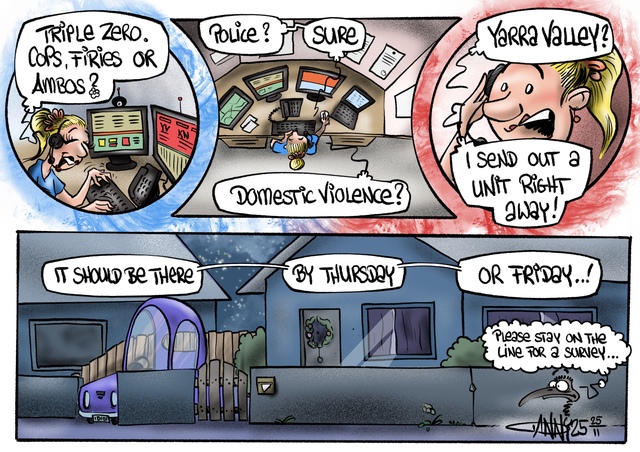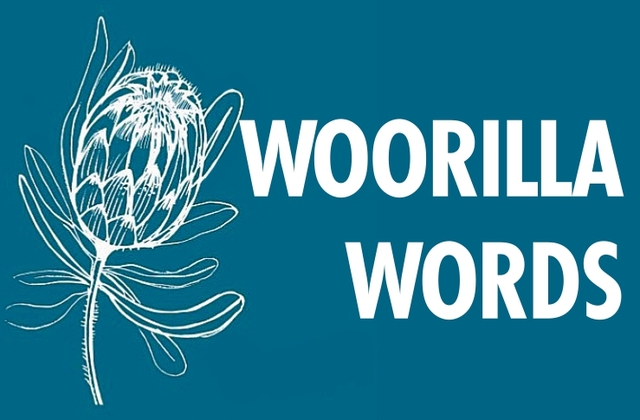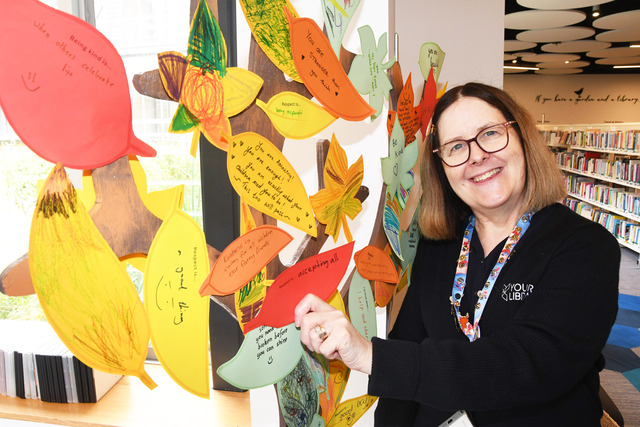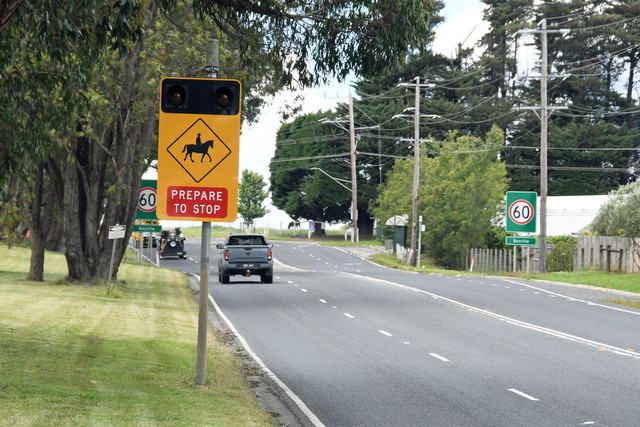The church was originally erected in 1869 on the northern side of Nicholson Street, now 197/197A Nicholson Street where a commissioned bronze plaque proudly proclaims its existence.
The land was a gift from the Minister of Mines, William McLellan, MLA, who often visited Healesville en-route to Woods Point. He purchased Lot 14 of Section C along with several adjoining blocks at the first land sales of 1865 and then gave the allotment to the people of Healesville because he was disappointed there were no regular church services in existence at the time.
The Anglicans did hold regular Sunday school classes at the time, however.
A little known fact, according to the (late) Healesville historian Frank Endacott, the Mission Church had its humble beginnings in Holland’s Ballroom, now the site of McKenzie’s Yarra Valley Travel on the Green Street corner.
The McLellan gift was conditional upon any building erected on the land being known as the Mission Church and being non-denominational. The property was to be controlled by trustees and should it be sold, the proceeds were to be distributed amongst the denominational churches established in the township. Services held each Sunday were usually conducted by lay preacher John Green who was the founding superintendant of Coranderrk (Aboriginal) Station.
The shingle roofed and paling building was completed in 1869 with monies obtained from public subscription. It was a fairly typical, undistinguished, simple Gothic design, typical of most country churches of the 19th century.
It remained in use as an inter-denominational church and public hall until 1889, in which the Presbyterians had a vested interest.
The Presbyterians purchased the building and its contents in 1894 for £200.
The sale caused mutterings at the time about ‘the canny Scots knowing a bargain when they saw one’ and the money was divided among the three established Protestant churches including the Presbyterians. The Mission Church ceased to exist.
In 1907, the church was moved to what is now 42 Symons Street, taking a team of 10 horses to relocate the building. In 1917, land, formerly occupied by George Venables Furmston, was bought for the current Uniting Church and once again, the timber structure was moved and placed on the block to allow for the eventual erection of a permanent church in front of the timber building. The long term proposal was that it become the church hall.
In 1937, the current brick Uniting Church was built – designed by architect John Scarborough and erected by local contractor L. J. Adam. Upon completion of Scots Presbyterian Church, the former Mission Church became the church hall.
The building today
By the 1980s, the Uniting Church proposed building a modern connected church hall in brick (now the Darron Honey Centre). Work started in 1986.
The church had sought demolition of the former Mission Church, however, a heritage overlay was placed on the building preventing its destruction.
In order to prevent delays in the construction of the new brick hall, the former Mission Church was hastily relocated further up the existing site. Guarding its preservation was a classification issued by the National Trust of Australia (Victoria) in March 1988.
What now for the Mission Church?
The Uniting Church has for more than 25 years been proposing the demolition or relocation of the building, as it became superfluous to its needs.
Refusal has resulted in this once proud edifice’s deterioration, given that the church building has not been maintained by the church due to cost constraints or lack of viable use.
With the new hall completed the historic building became redundant and although periodically used by community groups, the monument of the past gradually fell into disrepair.
The loss of this building to the bulldozer would result in the loss of our history. History is not history unless it is preserved.






